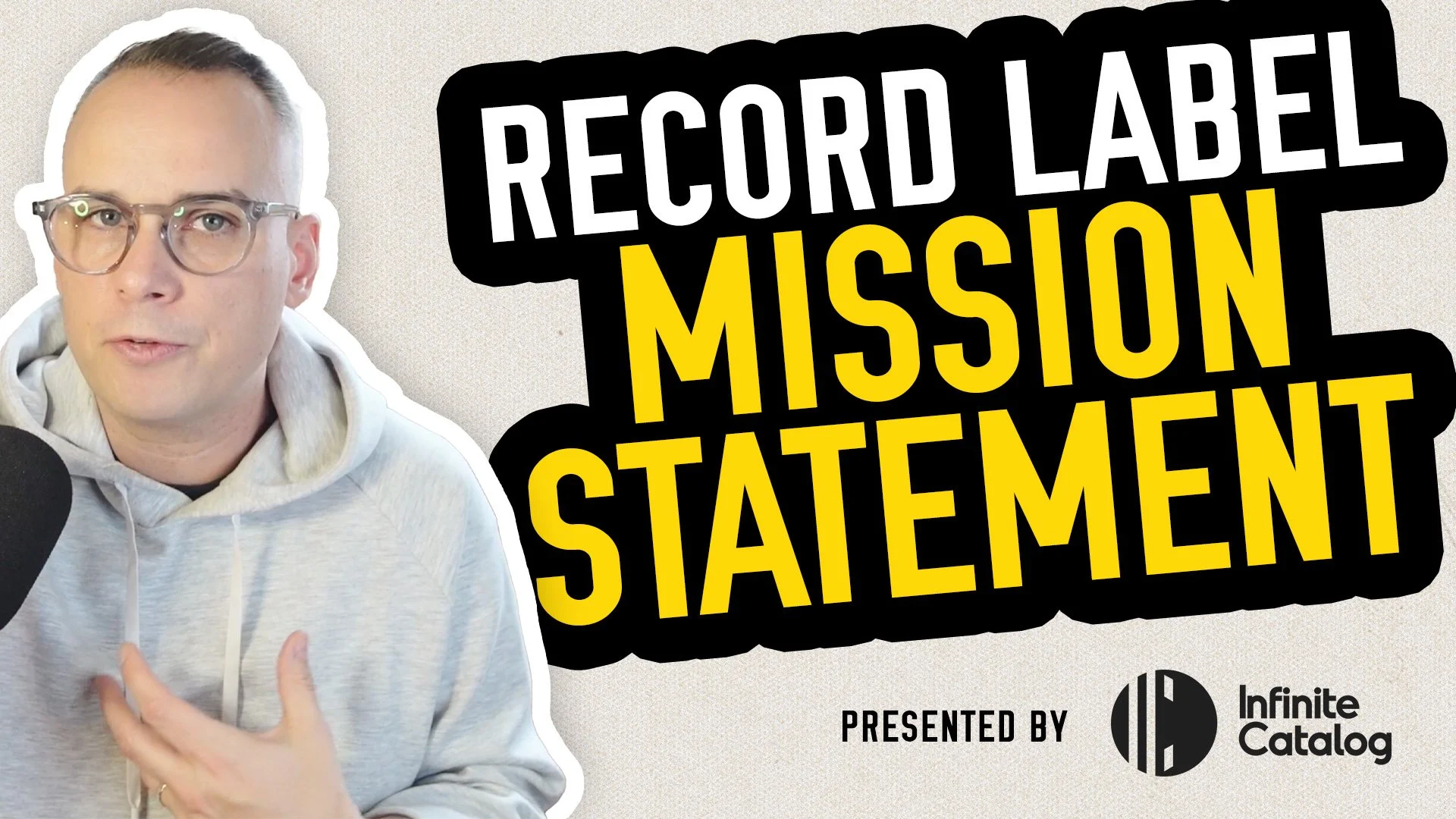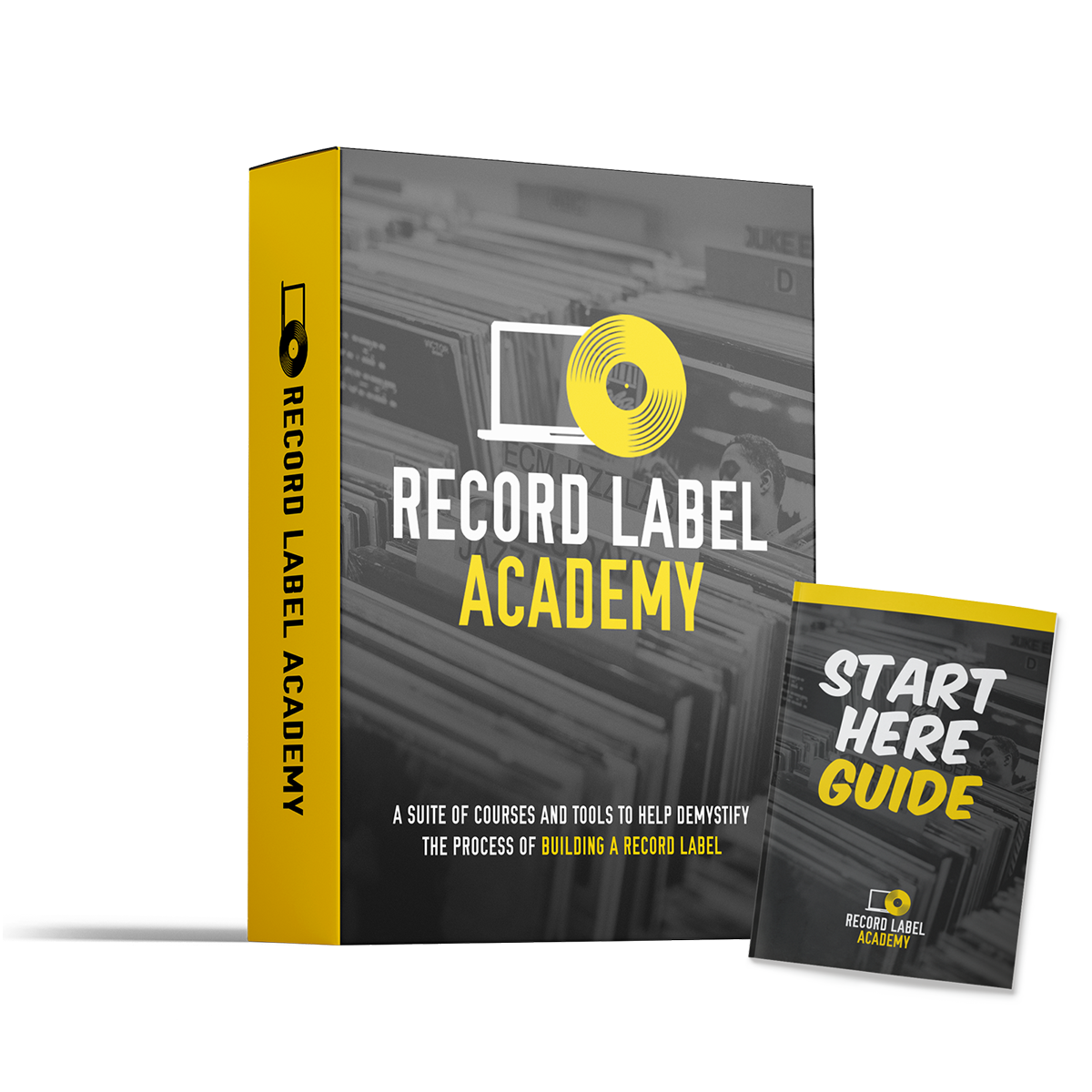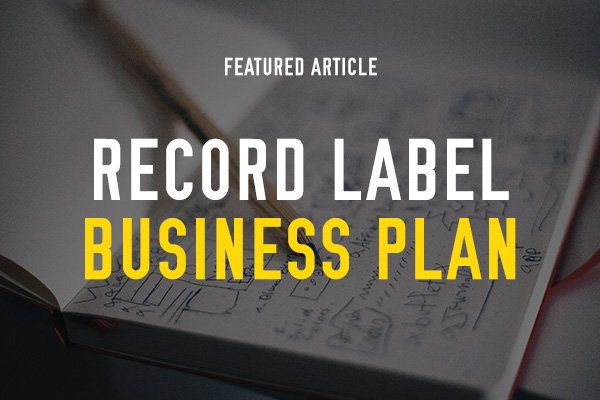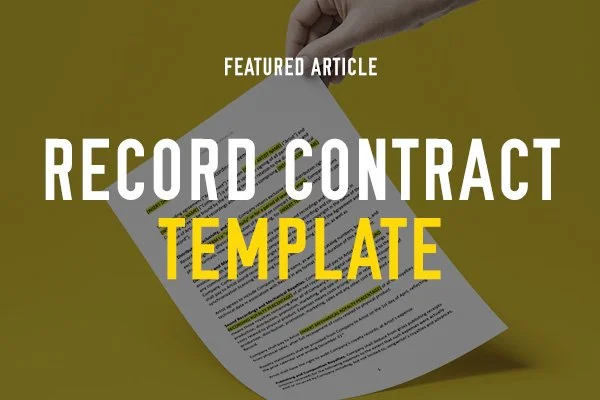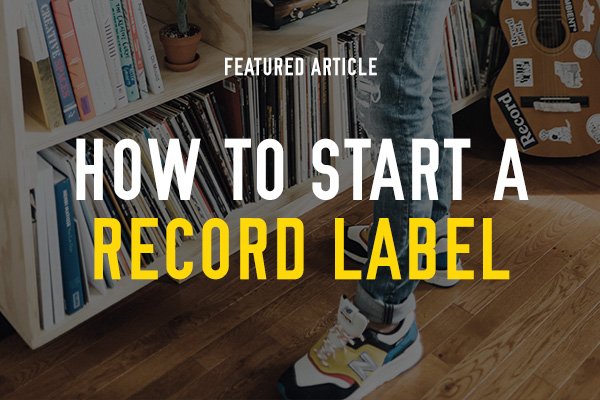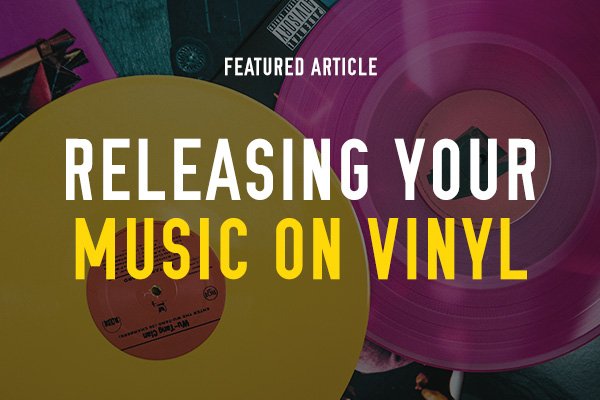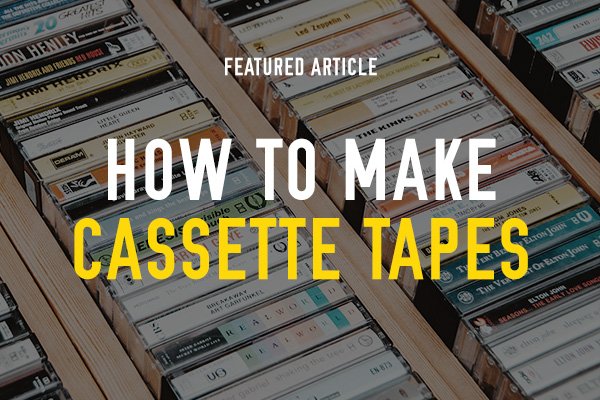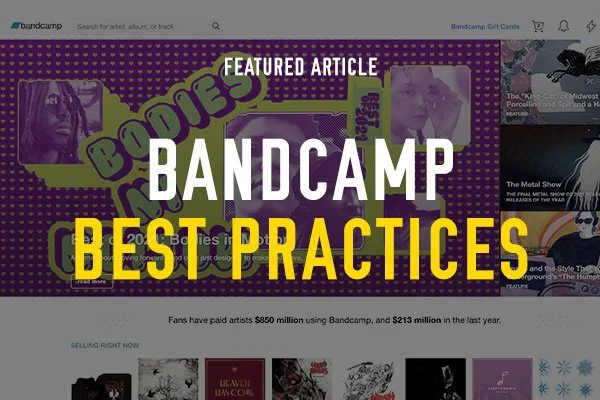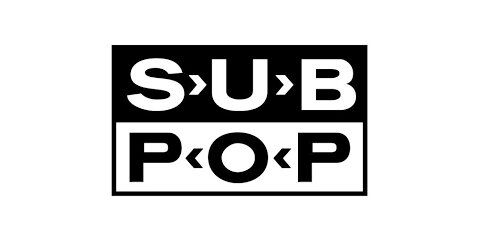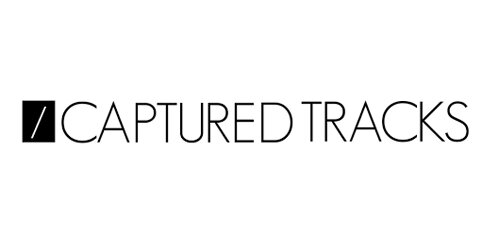
A Guide to Creating a
Record Label
Mission Statement
Define your label’s purpose, connect with your audience, and guide your vision with a strong mission statement.
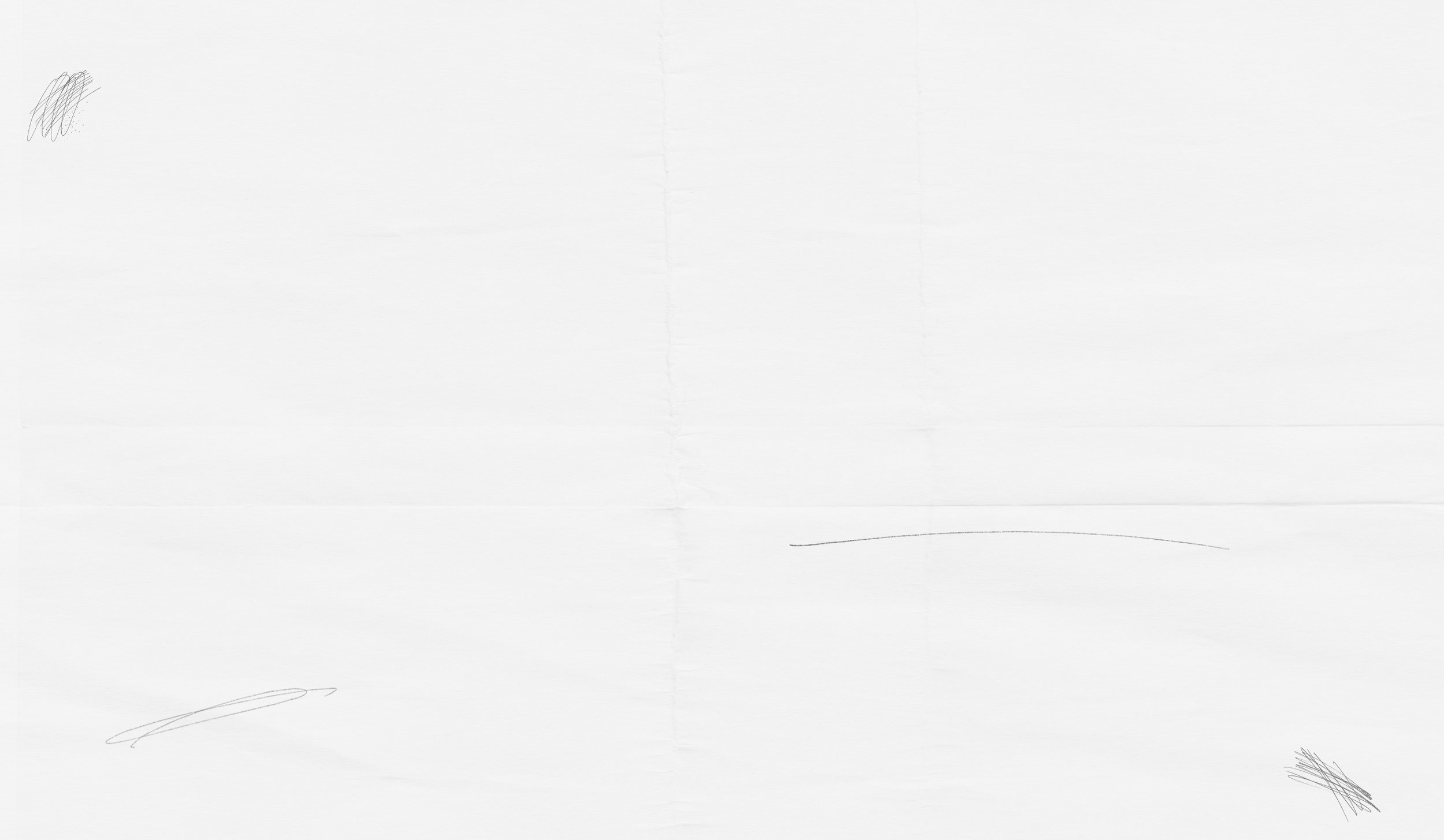
A mission statement is the foundation of any successful business, including indie record labels.
It’s more than just a description of what you do; it’s a promise to your fans, a guiding light for your team, and a tool for making confident decisions. Whether you’re just starting out or managing an established label, crafting a clear and intentional mission statement can set you apart and keep you on track.
In this guide, we’ll explore what a mission statement is, why it’s important, and how to create one for your label. Plus, we’ll provide examples and a free template to help you get started.
What is a Mission Statement?
A mission statement is a short, active declaration that communicates your label’s purpose and vision. It answers three key questions:
WHAT: What does your label create or release?
HOW: How does your label operate or stand out?
WHO: Who are your ideal fans or audience?
Unlike a generic description, a mission statement is specific, actionable, and forward-thinking. It’s not just about what you do but how and why you do it.
Why is a Mission Statement Important?
A mission statement serves several critical purposes for your record label:
Guidance: It acts as a North Star, helping you stay focused on your goals and values.
Decision-Making: It provides a framework for evaluating opportunities, ensuring they align with your vision.
Consistency: It communicates a clear promise to your fans, building trust and loyalty.
Identity: It differentiates your label from others by showcasing what makes you unique.
For example, consider a label with the mission statement:
"To produce all-organically created lofi-chill music on high-quality cassette-only releases for the modern cassette-collecting community."
This statement provides clear guardrails. If an opportunity to release a vinyl album arises, the label can confidently decline because it doesn’t align with their mission. However, a cassette box set? That fits perfectly.
How to Create Your Record Label’s Mission Statement
Creating a mission statement may seem daunting, but it’s surprisingly simple. Follow these steps to craft one that resonates with your vision:
1. Brainstorm the Basics
Start by answering these three questions:
WHAT: What does your label aim to create, release, or present to your audience?
HOW: How does your label uniquely deliver or operate? What’s your unique approach?
WHO: Who are your ideal fans or community? What do they value?
Take some time to jot down ideas for each question. Don’t overthink it—this is just a starting point.
2. Summarize Your Answers
Once you’ve brainstormed, distill your ideas into concise phrases for each category:
WHAT: A few words summarizing what your label creates.
HOW: A short description of your unique approach.
WHO: A clear definition of your target audience.
3. Write Your Mission Statement
Combine your answers into a single, active sentence starting with “To.” For example:
"To create happiness by providing the finest entertainment to everyone, everywhere." (Disney)
For your label, it might look like:
"To produce first-time vinyl pressings of digitally-recorded new-age jazz for fans of 90s adult contemporary elevator music."
4. Refine and Reflect
Your mission statement should be clear, specific, and actionable. Avoid vague or passive language, and make sure it aligns with your long-term vision.
Examples of Great Record Label Mission Statements
Here are some examples to inspire your own:
Fictional Example 1: "To release high-energy punk records exclusively on eco-friendly vinyl for fans of DIY culture."
Fictional Example 2: "To support emerging indie artists by offering limited-edition cassette tapes and fostering a global community of collectors."

Bonus Tip: Keep It Active
Start your mission statement with “To” for a sense of action and purpose. For example, instead of saying, “A label that supports local artists,” say, “To support local artists by...” This subtle change makes your statement more dynamic and engaging.

WATCH THIS EPISODE
and catch other videos on our YouTube Channel

RECORD LABEL
ACADEMY
The Complete A to Z of Building and Growing an Independent Record Label.

RECORD LABEL
ACADEMY
Instant Lifetime Access to all our courses, books, and templates!
-
How to Start a Record Label (Online Course)
Record Label Marketing Strategies (Online Course)
Record Label Decision Tool (Online Course)
Profitable Record Label (Online Course)
All 10 Micro Courses
All 8 Micro eBooks
How to Start a Record Label (eBook)
Record Label Marketing Strategies (eBook)
Tons of bonus templates and extra resources
BEST VALUE
*
BEST VALUE *
RECORD LABEL
ACADEMY
Instant Lifetime Access to all our courses, books, and templates!
-
How to Start a Record Label (Online Course)
Record Label Marketing Strategies (Online Course)
Record Label Decision Tool (Online Course)
Profitable Record Label (Online Course)
All 10 Micro Courses
All 8 Micro eBooks
How to Start a Record Label (eBook)
Record Label Marketing Strategies (eBook)
Tons of bonus templates and extra resources

Helpful Articles for Record Labels
-
10 Steps to Planning Your New Release
50 Reasons Why You Should Start a Record Label
How Fans Can Support Record Labels
How Many Releases Per Year is Ideal?
How to Register Your Record Label
How to Submit Your Music to Record Labels
How to UNSTUCK your record label
Leveraging the Power of Lead Time
Record Store Day
Social Media Strategies & Solutions
Social Media Strategies & Solutions
The 4 Attributes of a Great Record Label
Why Artists Need a Record Label
Why Do We Release Music on Fridays?
How to Make a Business Plan
Record Contract Template
How to Start a Record Label
Branding & Album Artwork
Releasing Music on Vinyl
Music Publishing for Labels
How to Make Cassette Tapes
Bandcamp Best Practices
Other Record Labels Podcast
Featuring interviews with…




